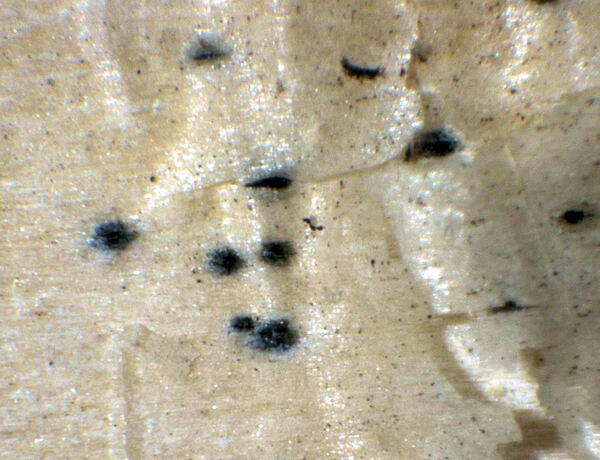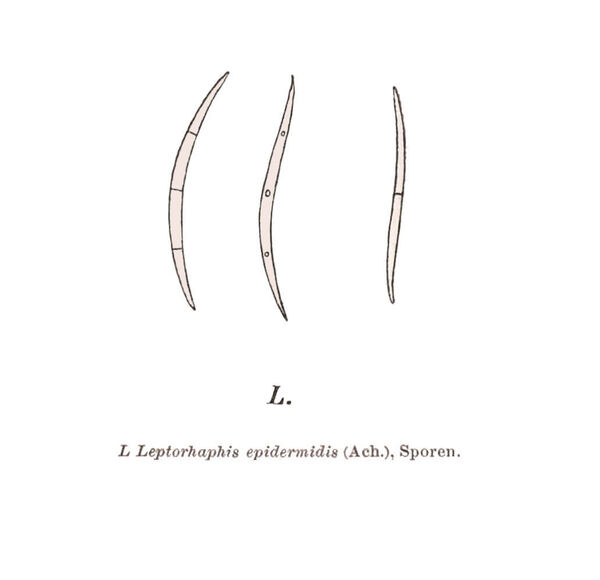Leptorhaphis epidermidis (Ach.) Th. Fr.
N. Acta Reg. Soc. Sci. Upsal., ser. 3, 3: 373, 1861. Basionym: Lichen epidermidis Ach. - Lichenogr. Suec. Prodr.: 16, 1799.
Synonyms: Arthopyrenia epidermidis (Ach.) A. Massal.; Arthopyrenia oxyspora (Nyl.) Mudd; Campylacia oxyspora (Nyl.) Anzi; Campylacia oxyspora f. fusispora (Garov.) Bagl. & Carestia; Leptorhaphis oxyspora (Nyl.) Körb.; Pyrenula oxyspora (Nyl.) Hepp; Sagedia oxyspora (Nyl.) Tuck.; Spermatodium oxysporum (Nyl.) Trevis.; Verrucaria epidermidis (Ach.) Ach.; Verrucaria oxyspora Nyl.
Distribution: N - Ven (Anzi, Lich. Rar. Ven. 126), TAA (Nascimbene & al. 2007b), Lomb, Piem, Lig.
Description: Thallus inapparent, doubtfully lichenized but sometimes loosely associated with algae around the perithecia. Perithecia dark brown to black, numerous, (0.2-)0.3-0.5 mm across, orbicular to ellipsoid, surrounded by a distinct, dark basal fringe, at first immersed, then hemispherical to flattened, 0.1-0.15 mm high, the central ostiole sometimes located in a small papilla. Involucrellum dark brown to greenish black, c. 30 μm thick, extending beyond the perithecium in a < 100 μm wide basal fringe composed of pieces of bark intermixed with greenish-black hyphae; exciple very thin (c. 7.5 μm), poorly evident, pale throughout, surrounding the hamathecium; pseudoparaphyses 1-2.5 μm thick; hymenial gel I- or I+ pale orange. Asci 8-spored, cylindrical-clavate, bi- and fissitunicate, with a broad, truncate apical beak. Ascospores 1-septate, hyaline, narrowly fusiform, curved, 24-36 x 2-3.5(-4) μm. Pycnidia back, immersed in the bark. Microconidia simple, hyaline, bacilliform, to 4 μm long; macroconidia simple, hyaline, fusiform-arcuate, c. 25 c 1.5-2 μm. Photobiont absent, or thallus loosely associated with a few algae. Spot tests: K-, C-, KC-, P-, UV-. Chemistry: without lichen substances.Note: mostly on the smooth bark of Betula.
Growth form: Fungus
Substrata: bark
Reproductive strategy: mainly sexual
Pioneer species
Commonnes-rarity: (info)
Alpine belt: absent
Subalpine belt: absent
Oromediterranean belt: absent
Montane belt: very rare
Submediterranean belt: very rare
Padanian area: absent
Humid submediterranean belt: absent
Humid mediterranean belt: absent
Dry mediterranean belt: absent
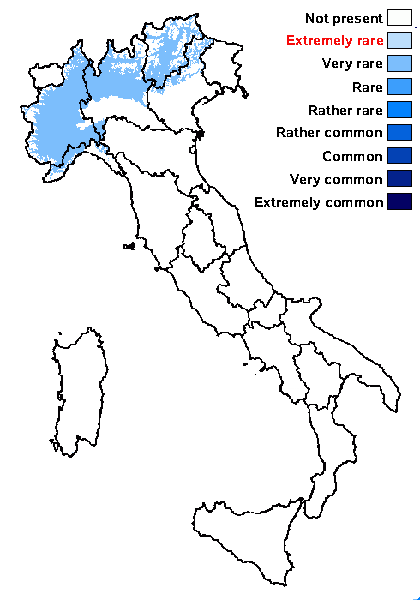
Predictive model
Herbarium samples
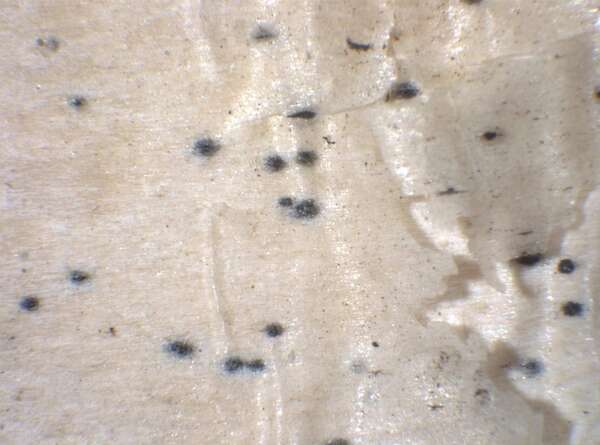

P.L. Nimis; Owner: Department of Life Sciences, University of Trieste
Herbarium: TSB (28554)
2003/03/12
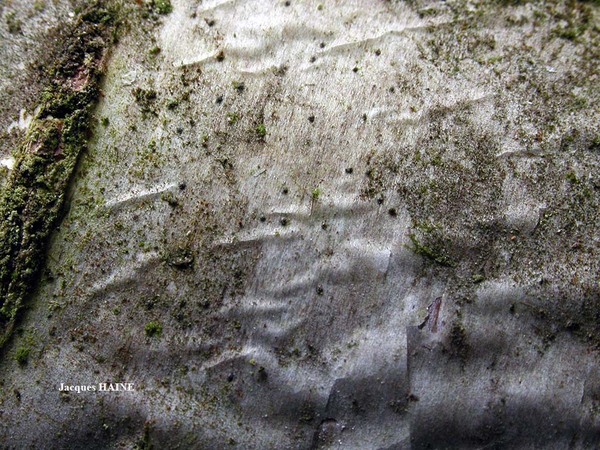
Jacques Haine - Source: http://www.lichensmaritimes.org/index.php?task=fiche&lichen=680&lang=en
France, Ardennes
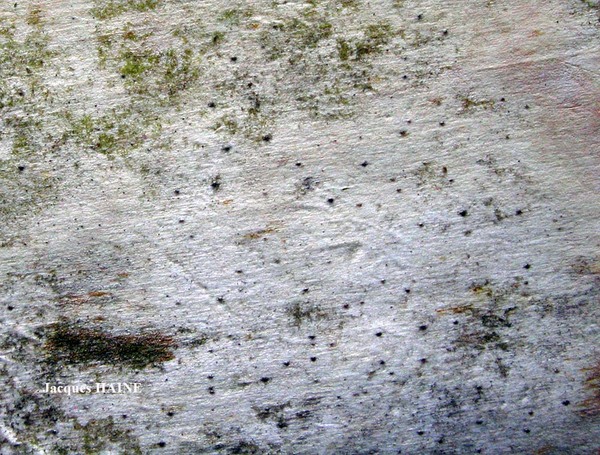
Jacques Haine - Source: http://www.lichensmaritimes.org/index.php?task=fiche&lichen=680&lang=en
France, Ardennes
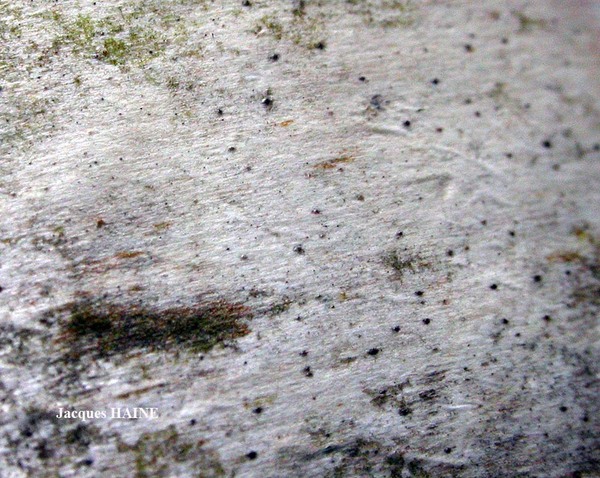
Jacques Haine - Source: http://www.lichensmaritimes.org/index.php?task=fiche&lichen=680&lang=en
France, Ardennes
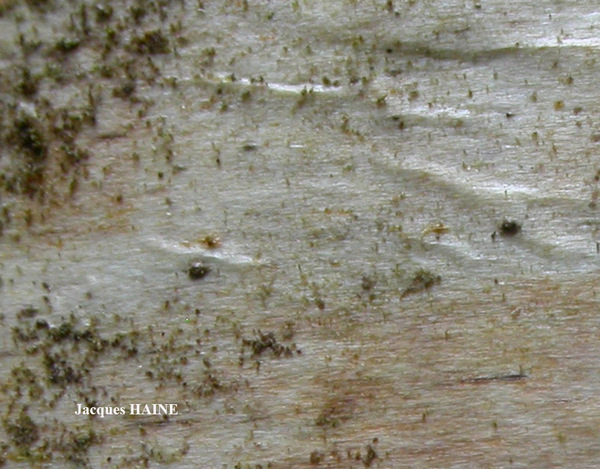
Jacques Haine - Source: http://www.lichensmaritimes.org/index.php?task=fiche&lichen=680&lang=en
France, Ardennes
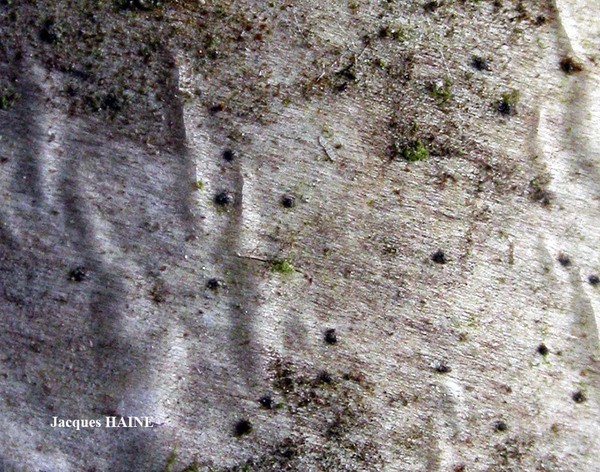
Jacques Haine - Source: http://www.lichensmaritimes.org/index.php?task=fiche&lichen=680&lang=en
France, Ardennes
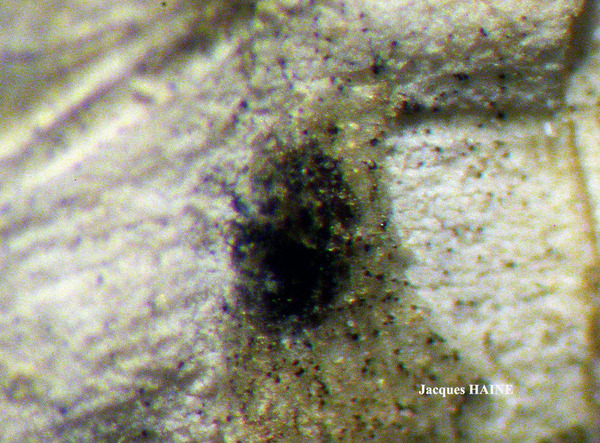
Jacques Haine - Source: http://www.lichensmaritimes.org/index.php?task=fiche&lichen=680&lang=en
France, Ardennes
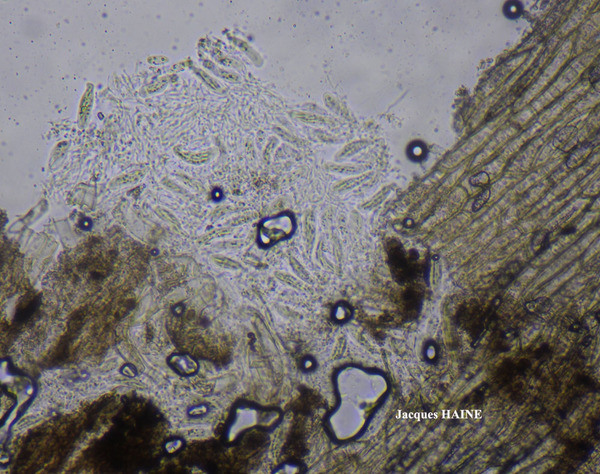
Jacques Haine - Source: http://www.lichensmaritimes.org/index.php?task=fiche&lichen=680&lang=en
France, Ardennes
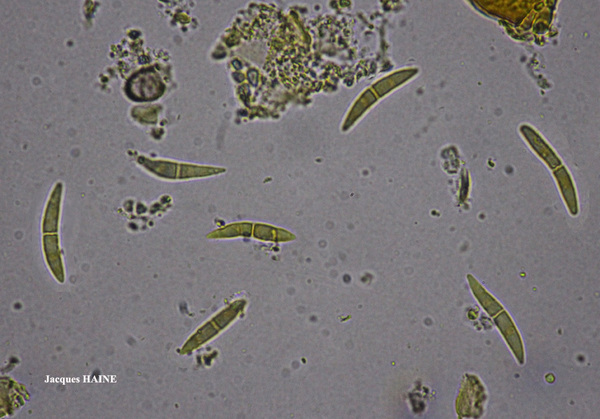
Jacques Haine - Source: http://www.lichensmaritimes.org/index.php?task=fiche&lichen=680&lang=en
France, Ardennes
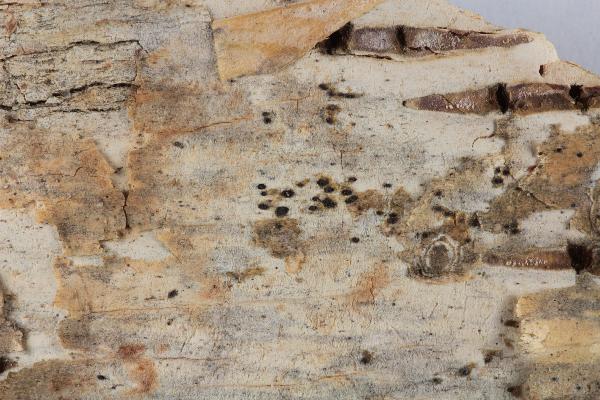
Collezione lichenologica Abramo Massalongo del Museo di Storia Naturale G. Ligabue di Venezia - Autori: Seggi, Linda; Trabucco, Raffaella Proprietà: Fondazione Musei Civici di Venezia - CC BY-NC
ad truncos Betulae
as Arthopyrenia epidermidis
Growth form: Fungus
Substrata: bark
Reproductive strategy: mainly sexual
Pioneer species
Commonnes-rarity: (info)
Alpine belt: absent
Subalpine belt: absent
Oromediterranean belt: absent
Montane belt: very rare
Submediterranean belt: very rare
Padanian area: absent
Humid submediterranean belt: absent
Humid mediterranean belt: absent
Dry mediterranean belt: absent

Predictive model
| Herbarium samples |


P.L. Nimis; Owner: Department of Life Sciences, University of Trieste
Herbarium: TSB (28554)
2003/03/12

Jacques Haine - Source: http://www.lichensmaritimes.org/index.php?task=fiche&lichen=680&lang=en
France, Ardennes

Jacques Haine - Source: http://www.lichensmaritimes.org/index.php?task=fiche&lichen=680&lang=en
France, Ardennes

Jacques Haine - Source: http://www.lichensmaritimes.org/index.php?task=fiche&lichen=680&lang=en
France, Ardennes

Jacques Haine - Source: http://www.lichensmaritimes.org/index.php?task=fiche&lichen=680&lang=en
France, Ardennes

Jacques Haine - Source: http://www.lichensmaritimes.org/index.php?task=fiche&lichen=680&lang=en
France, Ardennes

Jacques Haine - Source: http://www.lichensmaritimes.org/index.php?task=fiche&lichen=680&lang=en
France, Ardennes

Jacques Haine - Source: http://www.lichensmaritimes.org/index.php?task=fiche&lichen=680&lang=en
France, Ardennes

Jacques Haine - Source: http://www.lichensmaritimes.org/index.php?task=fiche&lichen=680&lang=en
France, Ardennes

 INDEX FUNGORUM
INDEX FUNGORUM
 GBIF
GBIF
 DOLICHENS
DOLICHENS
